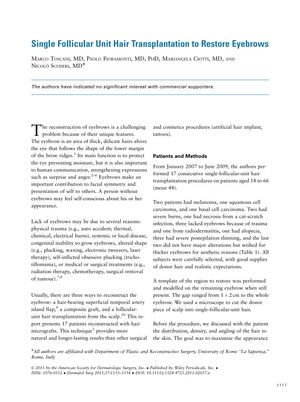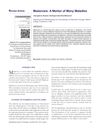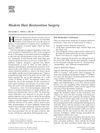Single Follicular Unit Hair Transplantation to Restore Eyebrows
June 2011
in “
Dermatologic Surgery
”

TLDR Hair transplantation is an effective way to restore eyebrows.
In a study from 2011, 17 patients aged 18 to 66 underwent single-follicular-unit hair transplantation to restore their eyebrows for reasons such as trauma, disease, and aesthetic enhancement. The procedure, which lasted 2 to 3 hours under local anesthesia, involved transplanting individual hair units from the scalp to the eyebrow area, with a follow-up period of 2 months to 2 years. Most patients experienced a temporary hair loss phase before regrowth occurred in 3 to 4 months, with final results visible after about a year. The transplantation was successful in 15 patients with a 90% to 95% hair growth rate, while two patients with burned tissue experienced about 60% growth. There were no significant complications, and satisfaction was high, with 14 patients very satisfied, two satisfied, and one dissatisfied due to the hair being too thick. The study concluded that this technique is an effective treatment for eyebrow alopecia.





